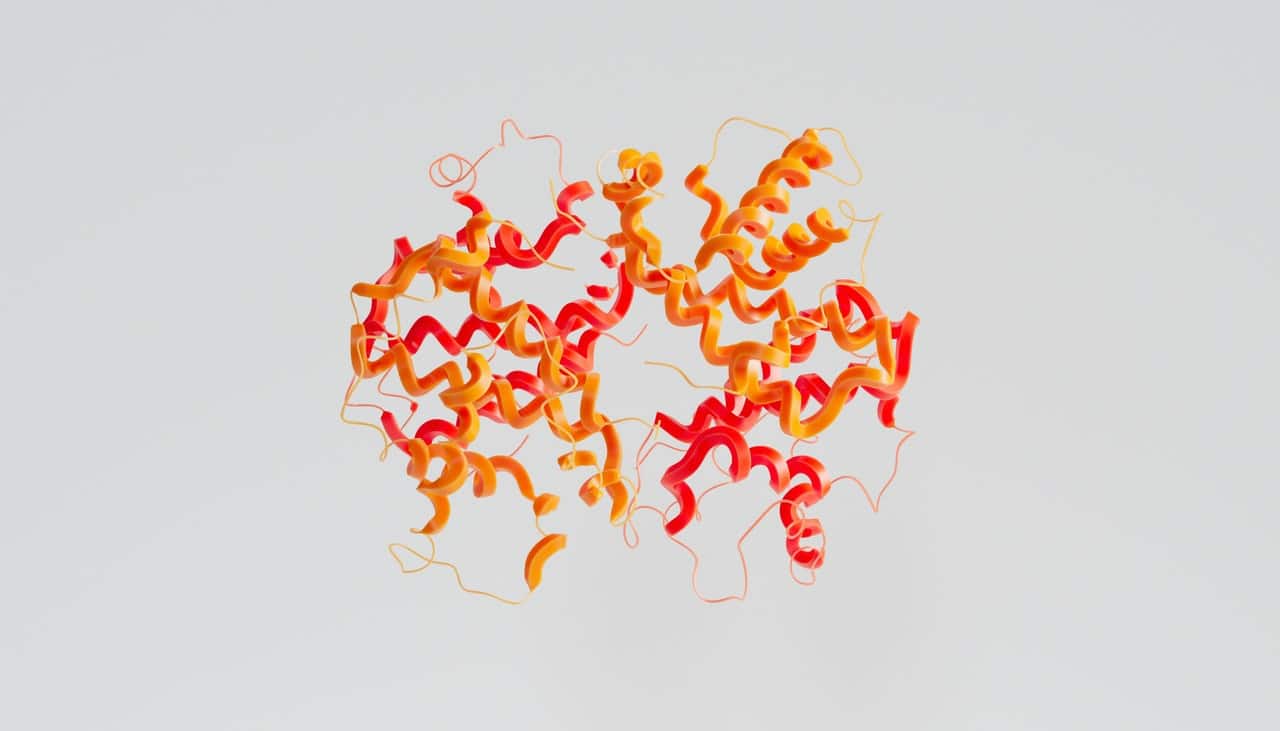
When you are a young parent, it is quite natural to be afraid of not understanding your baby, especially when he or she is still an infant. Between the cries of discharge, the abdominal pains linked to infant colic and the cries of hunger, it is often difficult to find one’s way around and the fear of “doing it wrong” is present, especially when you are breastfeeding. Don’t worry! Your baby will be able to make himself understood (and heard) when it’s time to feed and little by little you will discover his language and recognise the different types of crying.
However, SOS Parent will accompany you on this wonderful and fantastic journey of parenthood. In this article we will explain how many times a day your baby latches on.
Is my body providing my baby with enough milk?
Before we get to the heart of the matter, there is one big question that frightens all breastfeeding mothers: will my baby starve? Rest assured, the answer is no, except for medical problems.
Your baby will take your breast as long as he or she feels the need. There are some clues to help you know if your baby has had enough to drink:
- Baby is wetting his nappies;
- His weight is increasing steadily;
- He is calmer and more relaxed;
- Your breasts feel softer after feeding.
My baby has just been born: when can I give the first feed?
At birth, ‘first milk’ is not really milk. Your breasts produce colostrum. It is a good idea to offer your baby the breast within 2 hours of birth so that he can benefit from this vitamin and mineral-rich milk. Colostrum also allows your baby to benefit from your mother’s antibodies.
At the beginning, especially if it is your first child, you may find it difficult to find the right position for comfortable breastfeeding. The medical staff is there to support you.
Some babies are extremely tired after they are born and do not want to suckle. This is not a problem, just do some skin-to-skin and offer the breast a little later.
How often does a baby suckle per day?
The amount and frequency will vary according to baby’s age, but also according to his weight.
Trust your baby and your body. They are valuable indicators that will let you know when it is time for baby to feed.
Feeding during the first 5 days
During this period, your breasts will mainly produce colostrum. Your baby will only swallow a few millilitres each time, as his stomach is still tiny. As soon as you see signs of hunger, offer the breast.
The signals can be of several kinds:
Breathing is more agitated, he looks for your breast with his eyes;
He moves and gesticulates a lot;
Sucking reflexes will be heard;
Finally, he will start to cry.
The feeds are very frequent and on demand.
The milky rise
After the first 5 days, the colostrum is replaced by milk. Milking can occur quite quickly. The feeds are still very frequent, as you will need to feed your baby about 8 times per 24 hours.
You should know that breast milk is digested in 1 hour. This does not mean that baby will ask to be fed every hour, but that you can space out the feedings by the same amount of time.
As baby grows, he will space out his feeding time. You will go from feeding every 2 hours to feeding every 3 or 4 hours.
How long can a feed last?
The length of a feed varies greatly. On average, a breastfeeding session lasts 45 minutes. However, it is quite possible for your baby to feed for only 20 minutes or much longer. He sets the pace. He stops when he feels satisfied.
Don’t be afraid to “overfeed” your child! If you overfeed, the excess milk will easily find its way out (and out of your clothes too).
Find your own rhythm together
All the figures given are only averages and not static standards to be followed to the letter. Trust your body, a spurt of milk often means it’s time for a feed. And trust your baby!


